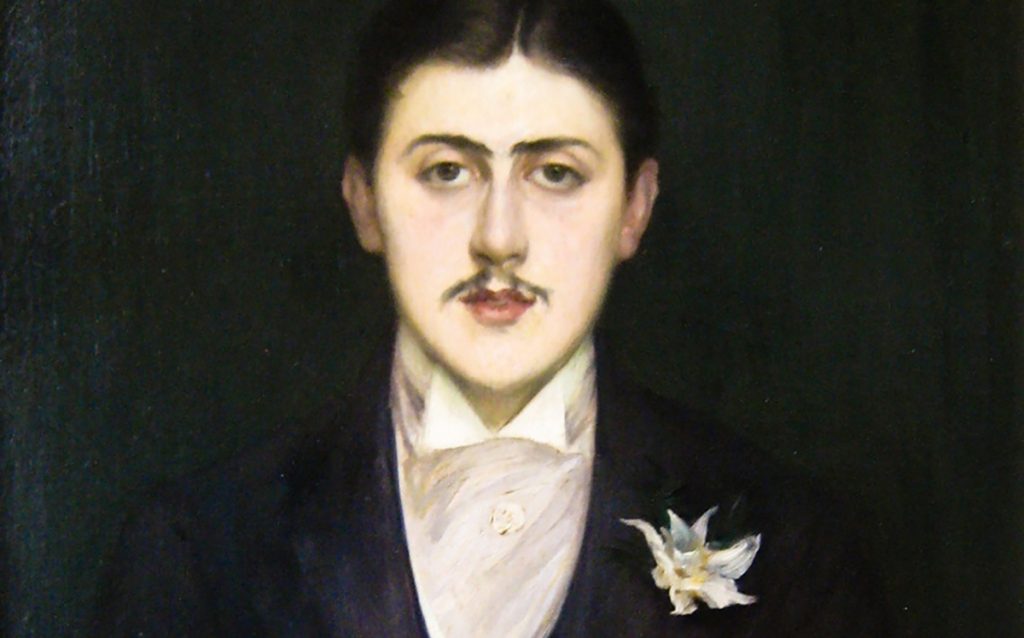
Portrait of Marcel Proust by Jacques-Emile Blanche. Musée d'Orsay. Wikimedia commons
In Search of Lost Proust
Céleste Albaret, Proust’s caregiver and housekeeper in his last years, wrote in her memoir Monsieur Proust: “The rhythm of his life was unique. Though I don’t think anybody else ever did live that way. Time contained no hours – just a certain number of definite things to be done every day. Everything else depended on his work; on some concern or need connected with his writing; or on a whim, the satisfaction or the disappointment over an evening out, a meeting, or a visit; and on the fatigue, beneficial or harmful, of going out, or of writing, with all the inevitable consequences to his sensibility and his illness.”
1. Proust’s family house
See it on Map: 96, rue La Fontaine
Marcel Proust was born on July 10, 1871 at this address in the former village of Auteuil (incorporated into the city of Paris in 1860). A three-story house stood here with a pond in the backyard that belonged to Proust’s uncle, Louis. The building was demolished in 1897 and now a plaque commemorating the birthplace of the author marks the location. Proust’s uncle was also the owner of the house at 102 Boulevard Haussman, where the writer lived in his later years.
“The house at Auteuil, where we lived with our uncle,” wrote Proust, “stood amid a vast garden which was later cut in two during the construction of the avenue Mozart. Although the house was as devoid of good taste as possible, I cannot describe the pleasure and happiness I derived from returning to my bedroom on the first floor, after walking down the rue La Fontaine bathed in sunlight and suffused with the smell of lindens.”
2. Proust’s parents’ house in Paris
See it on Map: 8, rue Roy
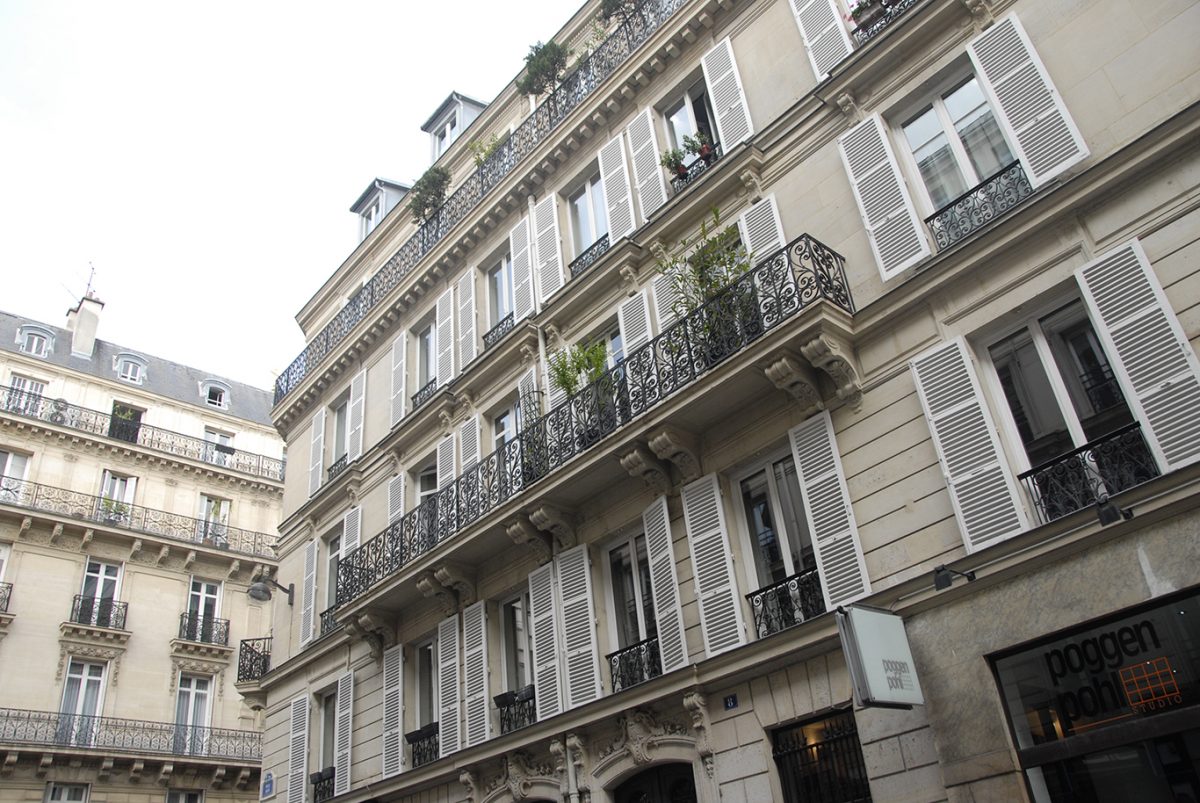
Rue Roy and Proust’s parents’ house © Travelbyart
At this address Proust’s parents and the young Marcel lived for three years (1870-73). Proust’s father was an eminent physician and brilliant epidemiologist. His mother, Jeanne Clemence Weil, was born into a wealthy and prominent Jewish family.
3. Lycée Condorcet and Saint-Louis d’Antin Church
See it on Map: 63, rue Caumartin

Saint-Louis d’Antin Church today © Travelbyart
Saint-Louis d’Antin is the church where Proust was baptized. The church was originally built as the chapel of Capuchin convent. After revolution one of the building of the convent became a school, the lycée Condorcet. Today, it is still one of the most prestigious high schools in Paris, with the main entrance at rue du Havre.
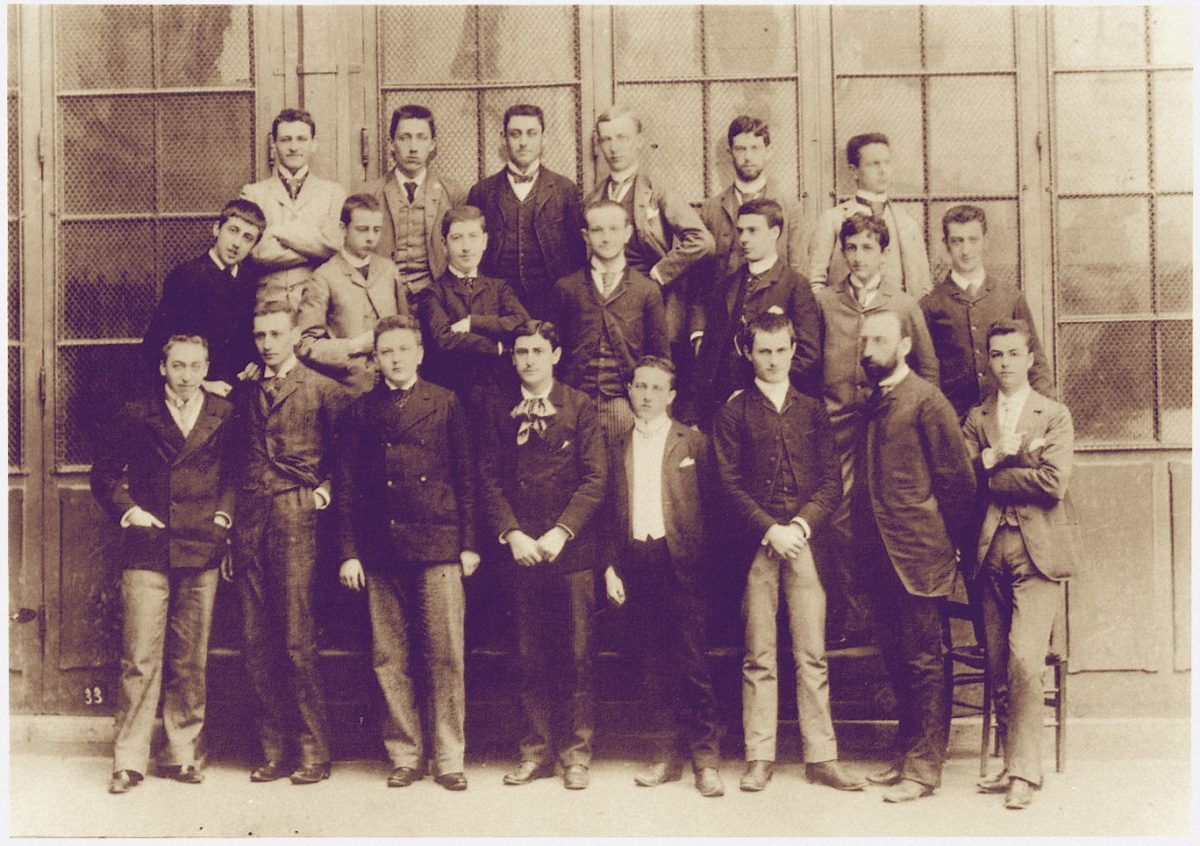
The Lycée Condorcet is a school founded in 1804. Some of its famous teachers include the poet Stéphane Mallarmé, who taught English here, and Jean-Paul Sartre. Among its notable alumni were: Henri Bergson, Pierre Bonnard, Jean Cocteau, Serge Gainsbourg, Henri de Toulouse-Lautrec, Paul Valéry and Paul Verlaine.
Marcel Proust was also educated at the Lycée Condorcet. One of his school friends Jacque Bizet was the son of the composer Georges Bizet. Students were free from school on Thursdays, and weather permitting Marcel would often spend his free day in the gardens of the Champs-Élysées.
4. The gardens of Champs-Élysées
See it on Map: Champs-Élysées Garden
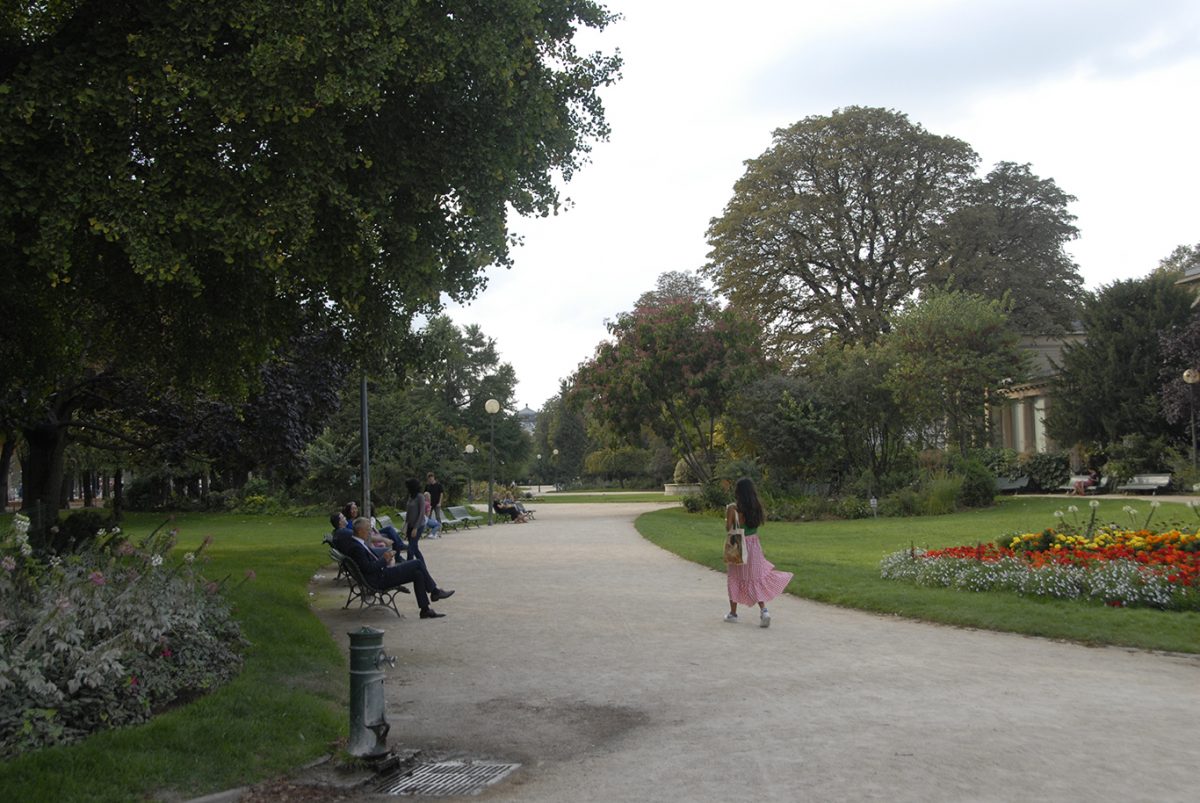
The gardens of Champs-Élysées today. © Travelbyart
When Proust was fourteen, he would meet here with the object of his affection, Marie de Benardaky, the daughter of a Polish nobleman. She was younger than the writer and had long black hair. In the winter she would wear a fur hat that made her look “as pretty as a picture.”
Marcel’s father did not approve of his son’s relationship with Marie as the girl’s mother had a bad reputation and was known for having a weakness for champagne. It is said that when the young Proust was forbidden to see the girl, he wanted to throw himself out of the window of his parents’ apartment on the Boulevard Malesherbes.
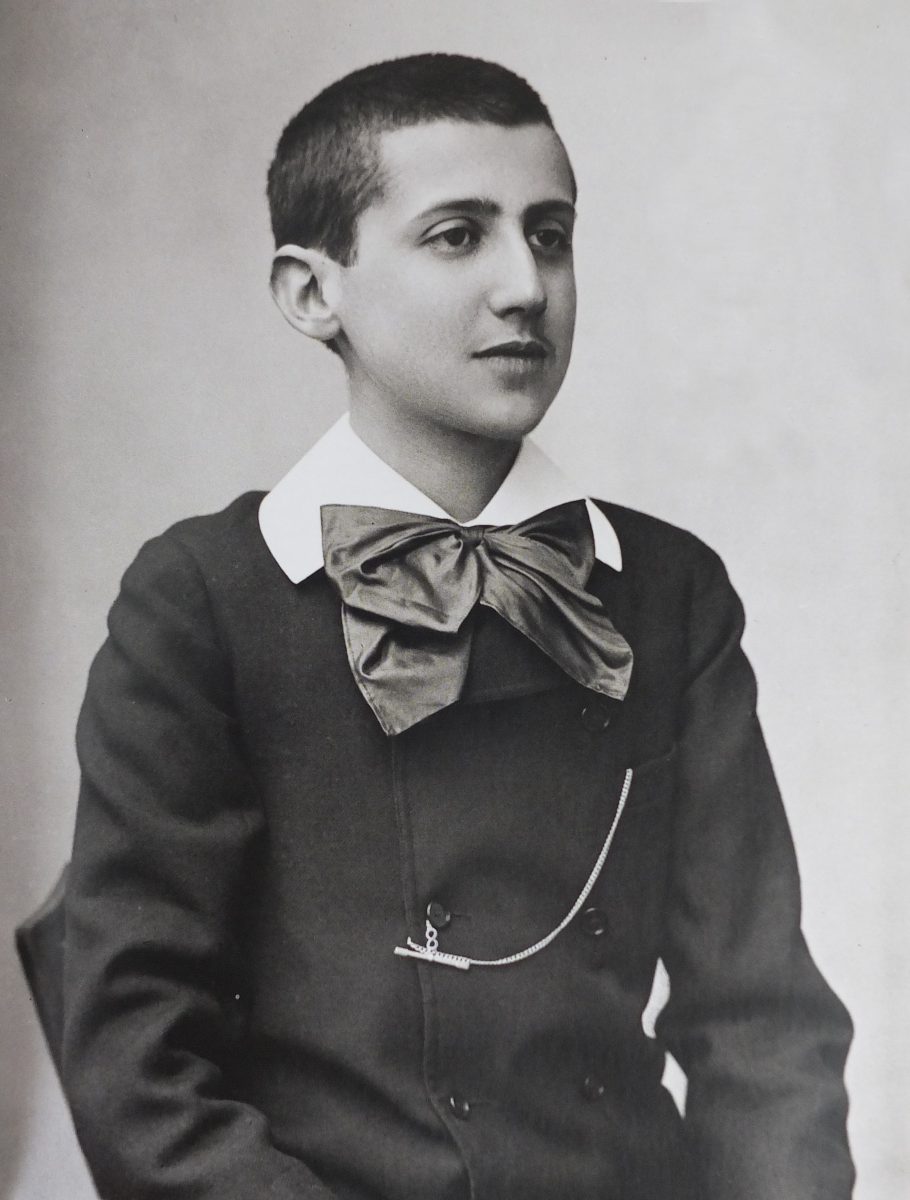
Marcel Proust at the age of 16 years old. Public domain.
Marie was later immortalized in Proust’s novel In Search of Lost Time as the redheaded Gilberte, the daughter of Charles Swann.
“I don’t think anybody else ever did live that way. Time contained no hours – just a certain number of definite things to be done every day. Everything else depended on his work.”
5. Prousts’ family residence
See it on Map: 9, boulevard Malesherbes
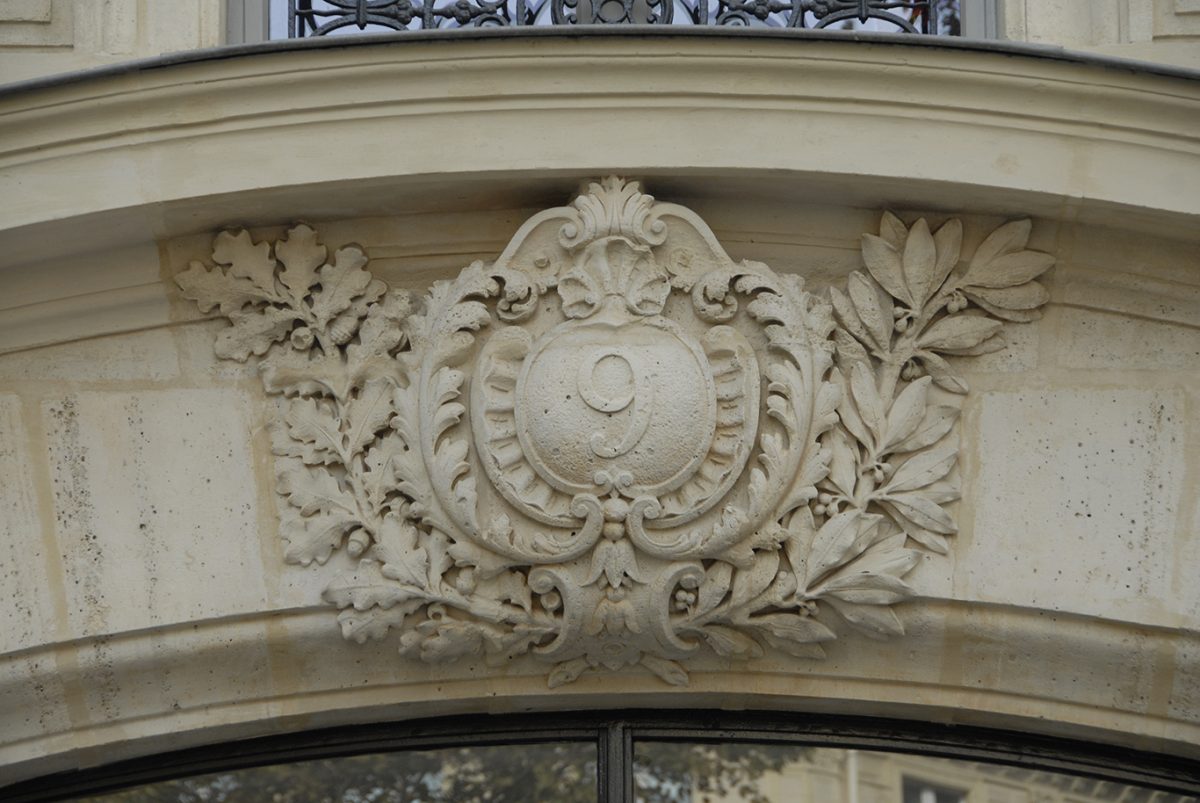
The entrance to Proust’s apartament © Travelbyart
The Prousts moved to a seven-room apartment at 9 Boulevard Malesherbes after Marcel’s brother, Robert, was born. The family lived here from August 1873 to 1900. Marcel’s room had windows overlooking the backyard.
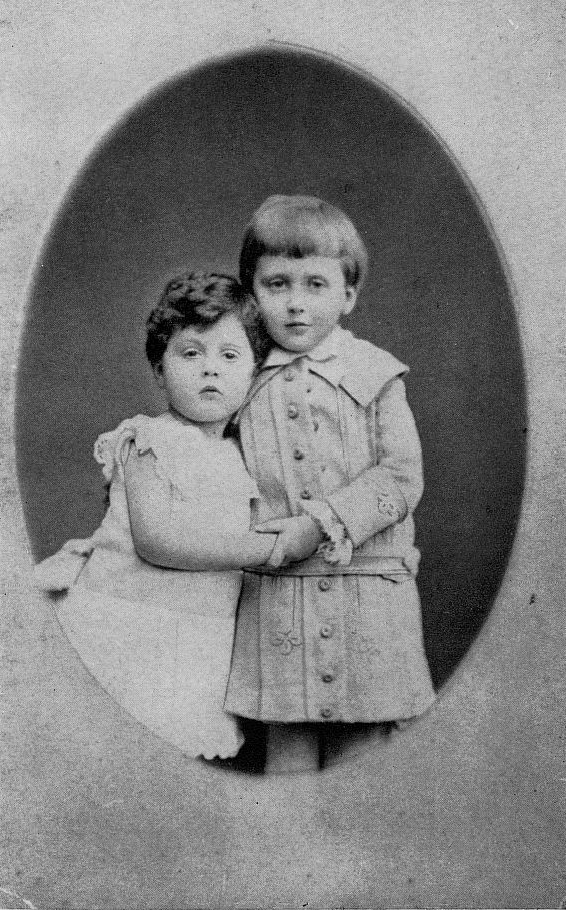
Marcel with Robert, his younger brother. Public domain
Also at this address Proust’s father had his doctor’s office and Marcel wrote his first articles, essays and short stories here, later published in Pleasures of Days (1896 r.) This address is not far from one of Proust’s favorite spots – the gardens of the Champs-Élysées.
6. Bibliothèque Mazarine
See it on Map: 23, Quai de Conti
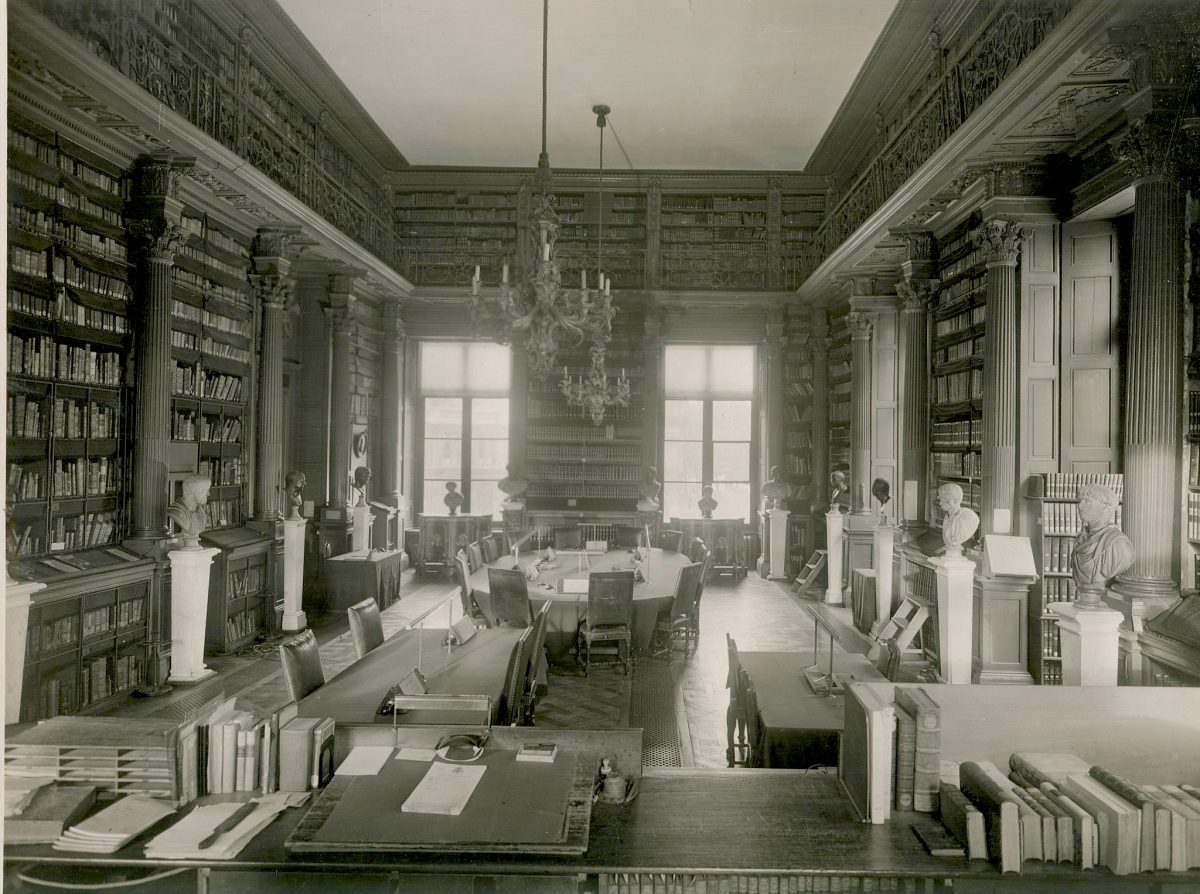
One of the library’s rooms of the Bibliothèque Mazarine in the Palais de l’Institute de France. Beginning of the XXth c. Public domain
The Bibliothèque Mazarine, at the Palais de l’Institute de France, was founded in 1643 and is the oldest public library in France. Its rich book collection is based on the personal library of Cardinal Mazarin, a great bibliophile and the 2nd Chief Minister of the French Monarch. His collection was arranged and developed by one of the greatest librarians of that time, Gabriel Naudé, who was also the author of the first book on library science Advice on Establishing a Library.
To appease his father, who insisted on his son pursuing a career, Proust secured a volunteer position at the Bibliothèque Mazarine in the summer of 1896. He soon obtained a sick leave that was extended for several years until he was considered to have resigned. Proust would never take another job again.
7. Proust’s parents’ apartment
See it on Map: 45, rue de Courcelles
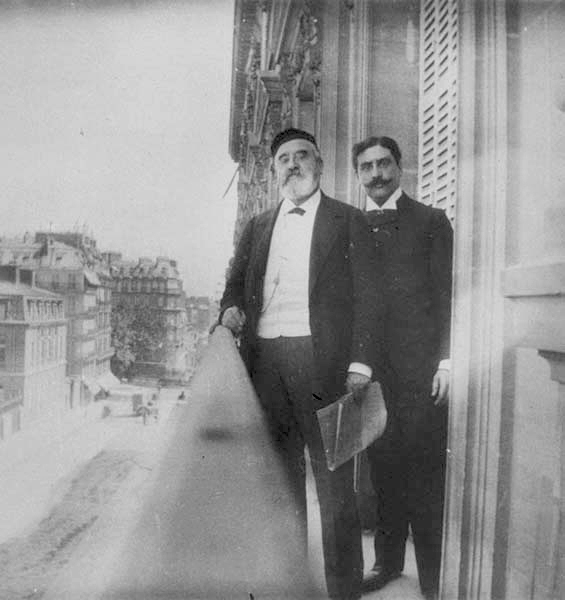
Adrien and Robert Proust (father and brother of the writer) on the terrace of their apartment at rue Courcelles
Between 1900 and 1906, Proust lived here with his parents. The 300 square meter apartment was located in the city’s wealthiest and most fashionable neighborhood.
The neighborhood was frequented by the writers Gustave Flaubert, Anatole France, and the Goncourt brothers, as well as the musicians Charles Gounod and Georges Bizet. They would often dine at 24 rue de Courceller, where Princess Mathilde, Napoleon Bonaparte’s niece, had her salon.
At his parents’ house, Proust translated John Ruskin’s works into French.
8. Proust’s life in his own apartment
See it on Map: 102, boulevard Haussmann
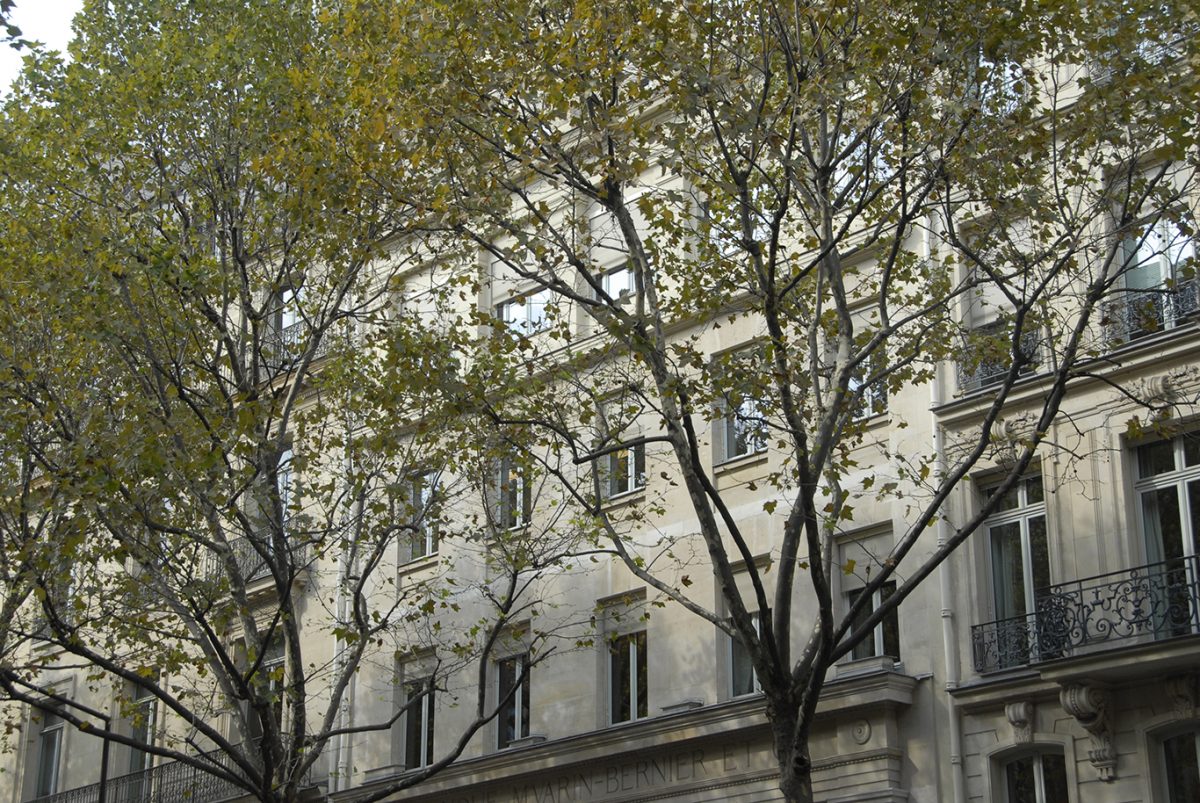
Facade of the building at 102 Boulevard Haussmann © Travelbyart
Today, there is a bank at this address, but between 1906 and 1919 Proust lived here.
Proust’s family house was sold after his parents’ death and the writer moved to the Boulevard Haussmann, where he rented a large apartment. Having inherited a small fortune from his mother’s family, Proust could afford to live and work as he pleased. He wanted to be surrounded by all his familiar things, so he brought furniture from the old apartment and settled into one bedroom, which he had lined with cork for soundproofing and that was never wallpapered.
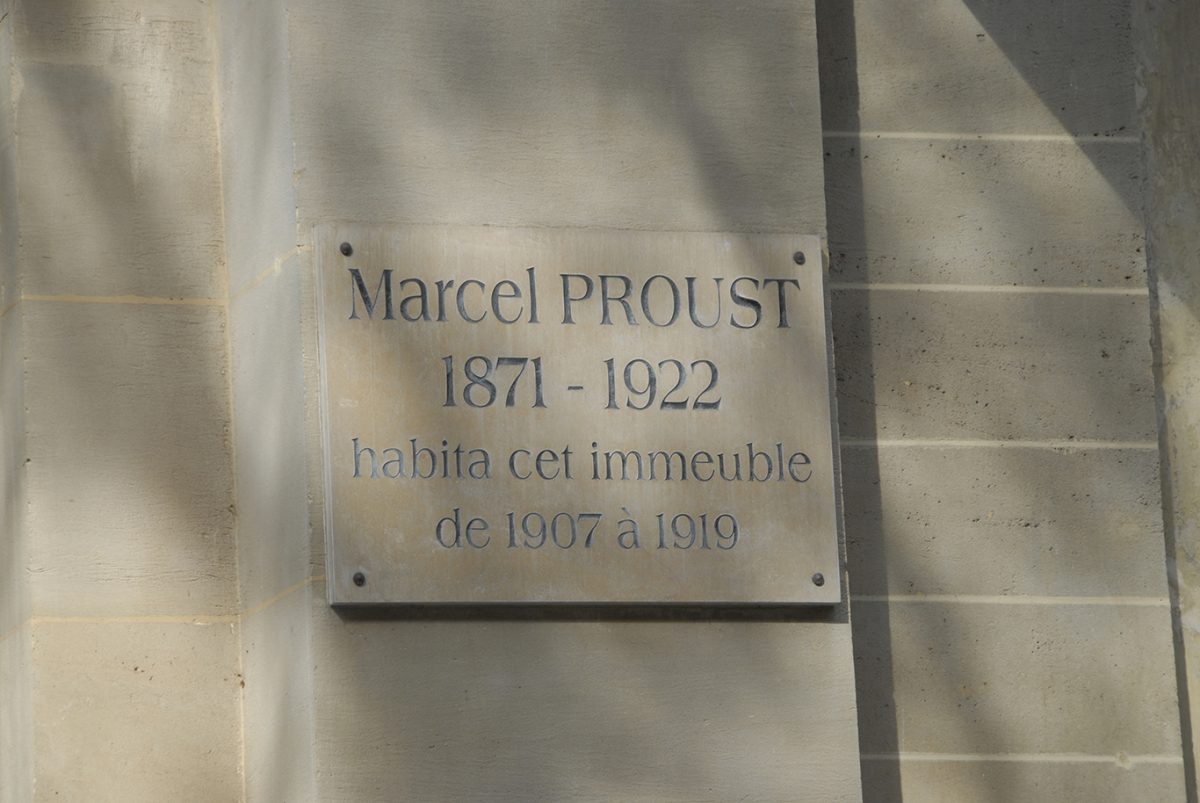
A commemorative plaque at Boulevard Haussmann © Travelbyart
If Proust was at home, he kept his windows shut and curtains drawn. The bedroom was often enveloped in smoke from a medicinal anti-asthmatic powder that he burned in a saucer. Unless the writer had guests, the candelabra in his room were never used. The only light came from a small long-stemmed bedside lamp. The bedroom contained a large rosewood wardrobe, a mantelpiece, and his mother’s piano, which he sometimes played. On the chest of drawers there was always a stack of black-covered notebooks containing his manuscripts.
9. Proust in a mansion of Réjane
See it on Map: 8 bis rue Laurent Pichat

Gabrielle Réjane in La Parisienne circa 1900. Public domain
Proust lived here temporarily at 8 bis rue Laurent Pichat, in a mansion that belonged to the famous actress Gabrielle-Charlotte Réju, who was also known as Réjane. He lived here from March to October 1919. He was friends with Réjane’s son, Jacques Porel, who was among the first to appreciate Proust’s Swann’s Way. Jacques invited the writer to his mother’s house while Proust was having his new apartment on the rue Hamelin refurbished.
Gabrielle-Charlotte Réju owed her fame to her performance as Nora in Henrik Ibsen’s A Doll’s House. Proust had seen the actress for the first time in 1888 at the premiere of a play based on a novel by Goncourt. Along with her great rival, Sarah Bernhardt, Réjane was considered to be the biggest star of the Belle Époque theatre. Both actresses served as models for the character of Berma in Marcel Proust’s novel In Search of Lost Time.
“If Proust was at home, he kept his windows shut and curtains drawn. The bedroom was often enveloped in smoke from a medicinal anti-asthmatic powder that he burned in a saucer. Unless the writer had guests, the candelabra in his room were never used. The only light came from a small long-stemmed bedside lamp.”
10. Bois de Boulogne
See it on Map: Bois de Boulogne

The Pre Catelan restaurant in The Bois de Boulogne, Painting by Henri Alexandre Gervex. Public domain
The Bois de Boulogne – a large public park – was a popular meeting place for members of all social classes, including the crème de la crème of Paris. The young Proust joined numerous garden parties here that served as an entrance into the literary and artistic salons of Paris. He was appreciated for his personal charm, wit and talent for parody.
See it on Map:
Proust would also invite refined guests and host dinner parties at his apartment. During such meetings young poets had the opportunity to read their poems.
11. Leclerc Pharmacy
See it on Map: 10 rue Vignon
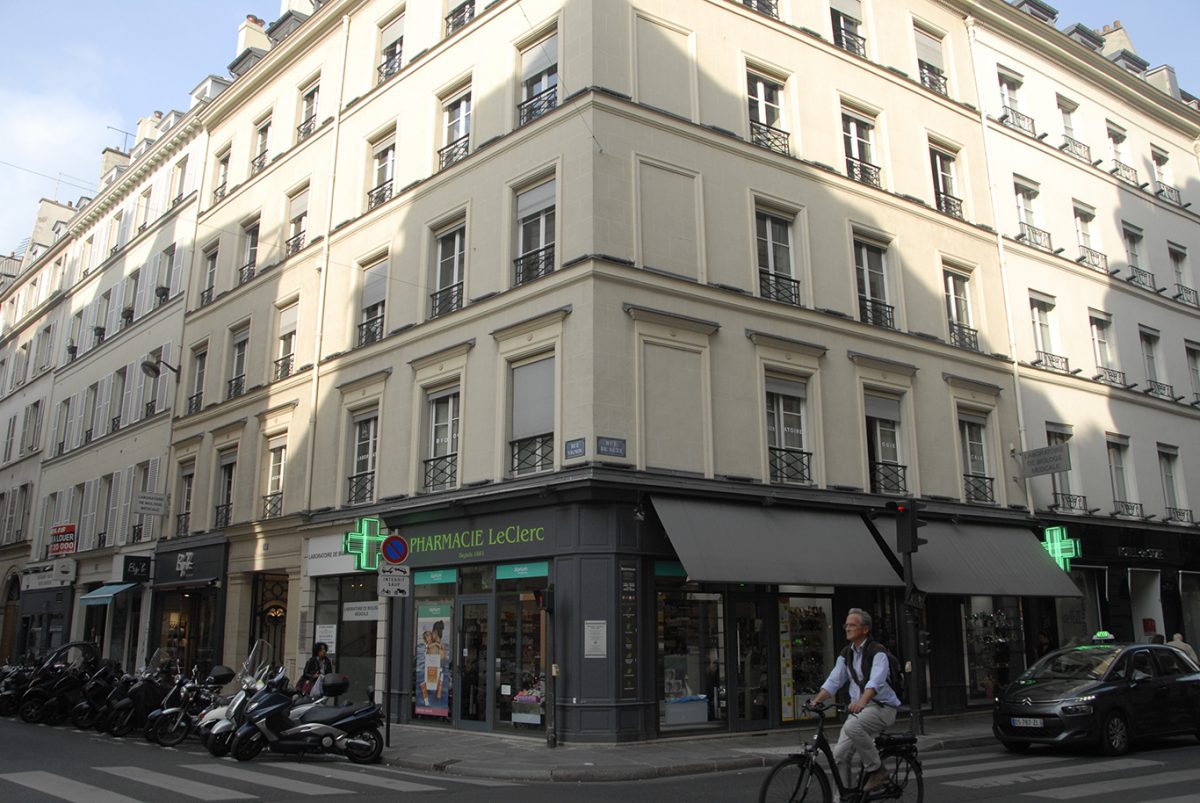
The corner of rue Vignon and de Sèze © Travelbyart
The Leclerc Pharmacy was the only pharmacy in Paris where Proust would buy the dark grey Legras powder that he used for his inhalations. He would order several boxes of the anti-asthmatic powder at a time and each box contained ten packets of the medicine.
Proust’s ritual inhalations would begin as soon as he got up, which was usually in the afternoon. He would measure out the powder himself, pour it onto a saucer and light it using a piece of white lined writing paper, which he would also buy in packages (fifteen to twenty at a time) at the department store Printemps. There was always one new carefully wrapped box of powder at the writer’s bedside.
Proust also had a deep fear of dust, which made him sneeze.
12. Musée du Jeu de Paume
See it on Map: Jardin des Tuileries

Jardin des Tuileries : Pavillon du Jeu de Paume. Jean-Eugene Durand. Public domain
The building was constructed in 1861 during the reign of Napoleon III. It originally housed tennis courts, hence the name (in France at that time the game was called jeu de paume). The building was transformed into a temple of the arts in 1909. During the Second World War, the Jeu de Paume was used to store Nazi plunder looted from the collections of French Jewish families. Hermann Göring was a frequent visitor. After the war the Musée du Jeu de Paume housed many important impressionist works until the opening of the Musée d’Orsay in 1986.
Proust enjoyed visiting the museum. In 1921, he attended an exhibition of Dutch paintings, where he contemplated Vermeer’s painting View of Delft. He later transmuted this experience into the sixth volume of In Search of Lost Time. The exhibition attracted big crowds, and Proust had read articles in the press about it by Jean-Louis Vaudoyer, a writer and art historian, and asked him to accompany him to the Jeu de Paume. Leaving the apartment, Proust had an attack of giddiness and during the visit to the exposition he was struck with a bout of vertigo while standing in front of View of Delft.
On the night before he died, Proust dictated the last sentence to Céleste: “There is a Chinese patience in Vermeer’s craft.”
In 1921, he attended an exhibition of Dutch paintings, where he contemplated Vermeer’s painting View of Delft. On the night before he died, Proust dictated the last sentence to Céleste: “There is a Chinese patience in Vermeer’s craft.”
13. Carnaval de Venise
See it on Map: rue Halevy
(near Grands Boulevards and the Opera House)
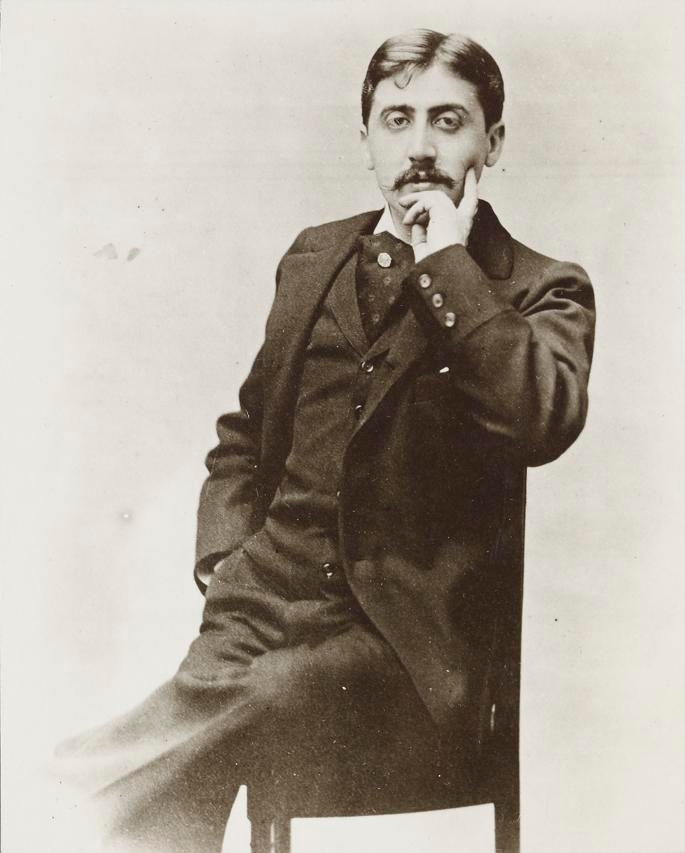
Marcel Proust in 1895. Public domain
This is where Proust bought his clothes when he lived at the Boulevard Haussmann. All the fittings took place at his home.
Proust sought perfection in the clothes he wore. Céleste Albaret, the writer’s maid and caregiver, who lived with him between 1914 and 1922, wrote in her memoir Monsieur Proust:
t, the writer’s maid and caregiver, who lived with him between 1914 and 1922, wrote in her memoir Monsieur Proust:
“There was the same fastidiousness in [what he wore] as in all his tastes, and here, too, he showed attachment to the past. I know that in his last years there were some people, especially those who only knew him when he was famous, who said he seemed to belong to another age. That was because although fashion had changed considerably with the war, he kept to the old tailoring and to his stiff high collars. But nobody in his right mind would have thought him ridiculous or failed to sense the extraordinary natural elegance he maintained. […] As well as tails and dinner jacket, he had several jackets which he wore with striped trousers, and to these he added a black jacket with piping. Everything was of course made to measure. He had a collection of waistcoats, handsome but plain […] He always wore the same shoes with buttons. Only once in those remaining eight years did he ask me to buy him a new pair.”
“In his last years there were some people, especially those who only knew him when he was famous, who said he seemed to belong to another age. That was because although fashion had changed considerably with the war, he kept to the old tailoring and to his stiff high collars.”
14. La Maison Dorée
See it on Map: 20, boulevard des Italiens
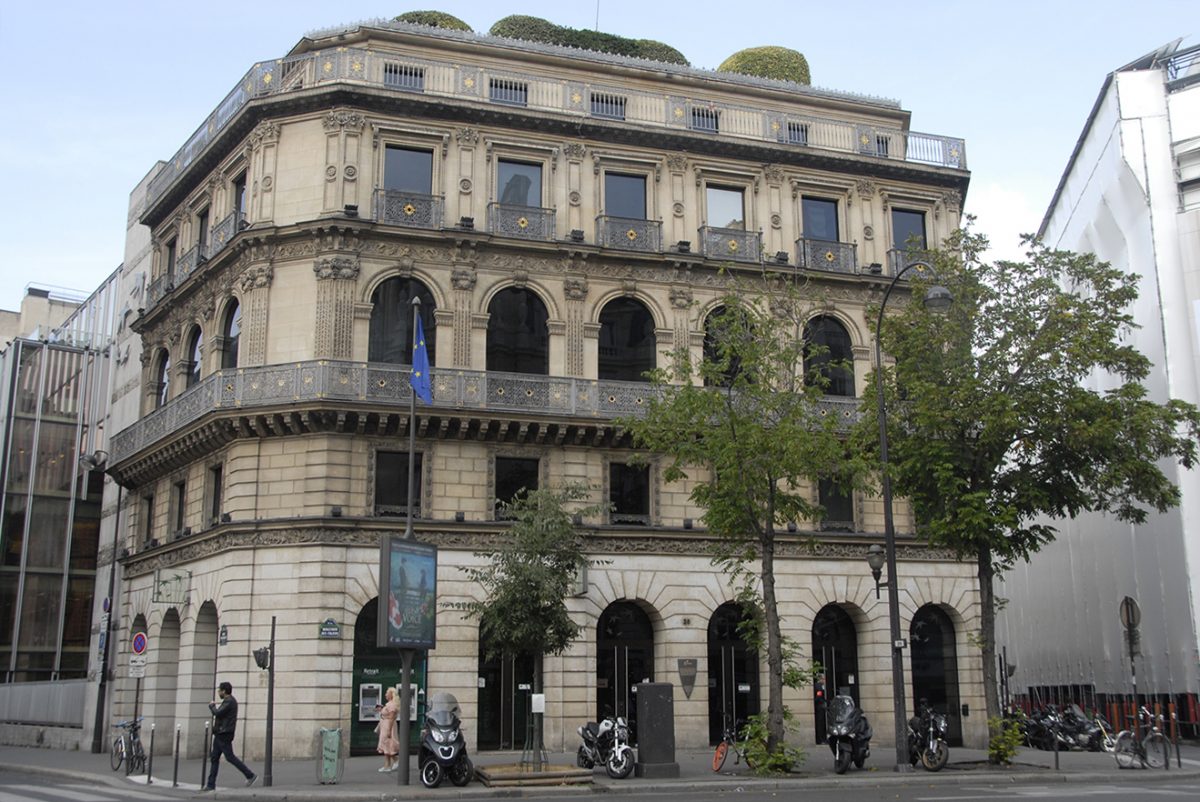
La Maison Dorée today © Travelbyart
Today, on the premises of the famous restaurant are offices and the BNP Paribas headquarters.
The restaurant was initially called ‘de la Cité’ in 1839. However, because of its luxurious design, paintings and mirrors, and gilding on the balconies and balustrades, the public called it the ‘Maison Dorée’ – the ‘golden house’.
The restaurant was divided into two sections: one section accessible from the boulevard, for ordinary people, and another section accessible via the rue Laffitte, for wealthy customers. This section had luxurious and discrete ‘cabinets’ that hid the guests from inquiring eyes.
The Maison Dorée would also become the haunt of choice for artists, including Honoré de Balzac. The story has it that a steak dish comprised of filet mignon, foie gras and truffles was created especially for the composer Gioachino Rossini, a regular customer at the Dorée.
The restaurant was divided into two sections: one section accessible from the boulevard, for ordinary people, and another section accessible via the rue Laffitte, for wealthy customers. This section had luxurious and discrete ‘cabinets’ that hid the guests from inquiring eyes.
In the building above the restaurant, several newspapers opened editorial offices, including Alexandre Dumas’s newspaper Le Mousquetaire. The same building was also the site of the 8th and last Impressionist painting exhibition, which took place on May 15, 1886.
In the novel In Search of Lost Time, Marcel Proust’s character, Swann, enters the restaurant and falls deeply in love there.
15. Restaurant Larue
See it on Map: 27 rue Royale

View of the Madeleine Church © Travelbyart
The restaurant at the corner of rue Royale and Place Madeleine no longer exists, but in Proust’s times it was very well known and considered quite elegant. Larue, called “a temple of gastronomy”, stood facing the facade of the Church of the Madeleine. The writer would often dine there with his friends. The Place de la Madeleine was a vibrant place full of life and the Larue was one of Proust’s favorite vantage points.
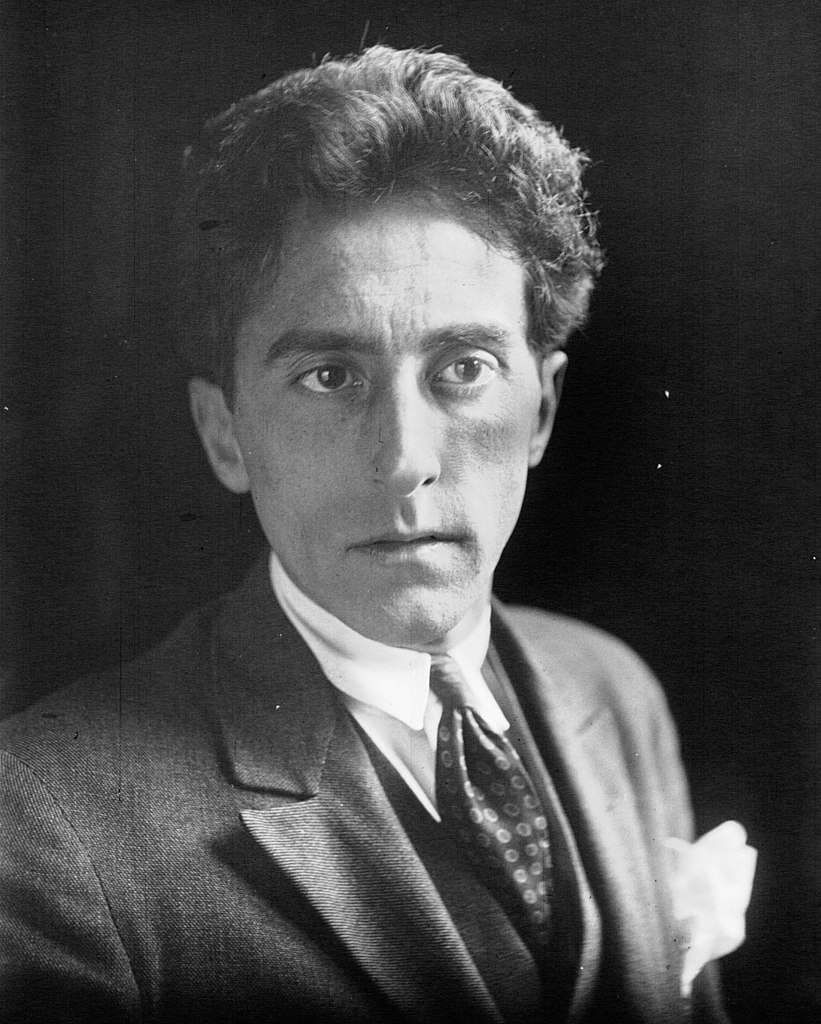
Jean Cocteau
Another of Proust’s favorite haunts was the nearby Café Weber at 21 rue Royale, which also no longer exists. Once he went there with Jean Cocteau who suddenly jumped on the table shouting: „Here is Marcel! Here is Marcel!“ After meeting with the poet, Proust would often make unfavorable comments about him. Although he valued Cocteau for his wit, he disliked his flamboyance.
16. Hôtel Marigny
See it on Map: 11, rue de l’Arcade
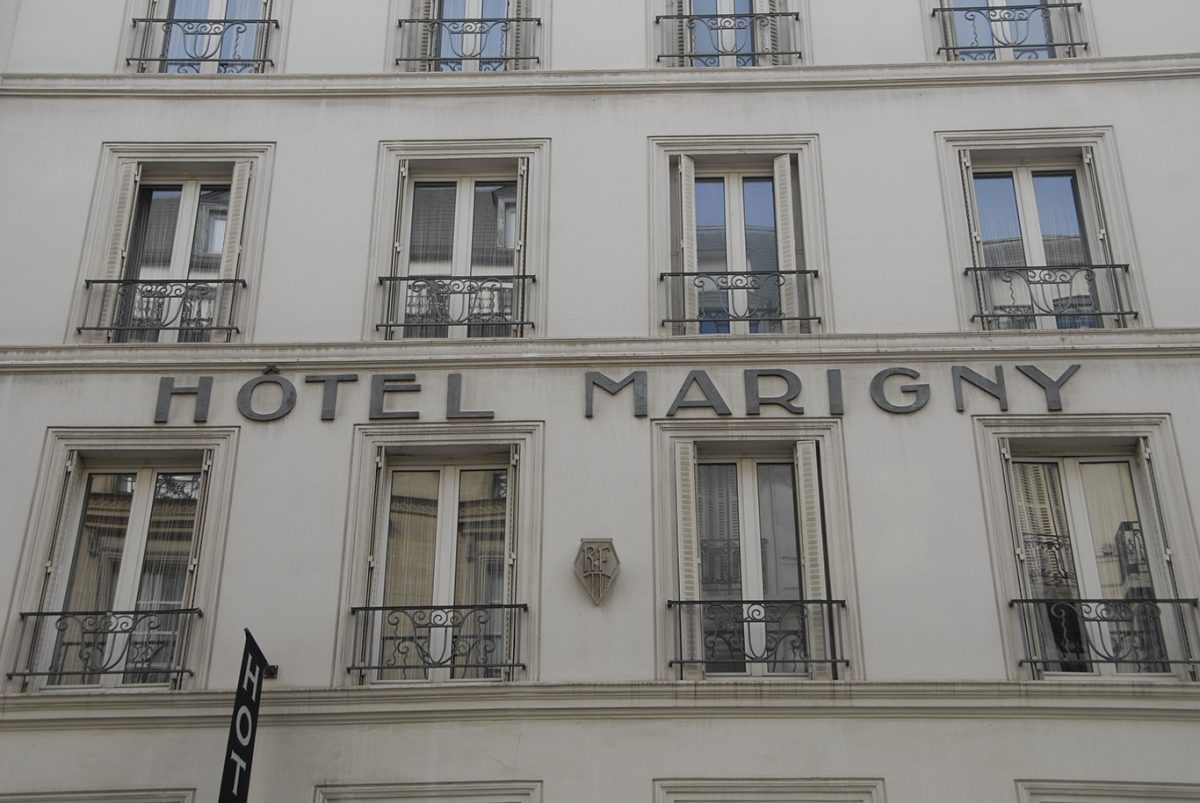
Facade of the Hôtel Marigny © Travelbyart
In 1917, the hotel was bought by Albert Le Cuziat, a Breton who was once a footman to Prince Constantine Radziwill. Le Cuziat opened a male brothel here known as the Temple of Shamelessness. During the night of January 11-12, 1918, police raided Le Cuziat’s establishment on the rue de l’Arcade and arrested those who were meeting there, some in the company of minors. Proust was also here during the raid, drinking champagne in the company of a twenty-year old officer. The writer was booked by the police: “Proust, Marcel, 46 years old, rentier.”
Rumors had it that Proust was a homosexual, but his maid, Célest claimed that she had never noticed any inclinations in the case of her employer.
At one time, Proust gave Le Cuziat some of the furniture he inherited from his parents. However, when the writer saw the family heirlooms in the brothel, he was very upset about how it was being used and commented: “I cannot believe that Albert is capable of such wickedness!”
Albert would often visit Marcel at the Boulevard Haussmann to tell the writer about the people who came to the brothel including politicians, ministers and many other important members of society.
17. Florist’s Lachaume
See it on Map: 2, rue Royale
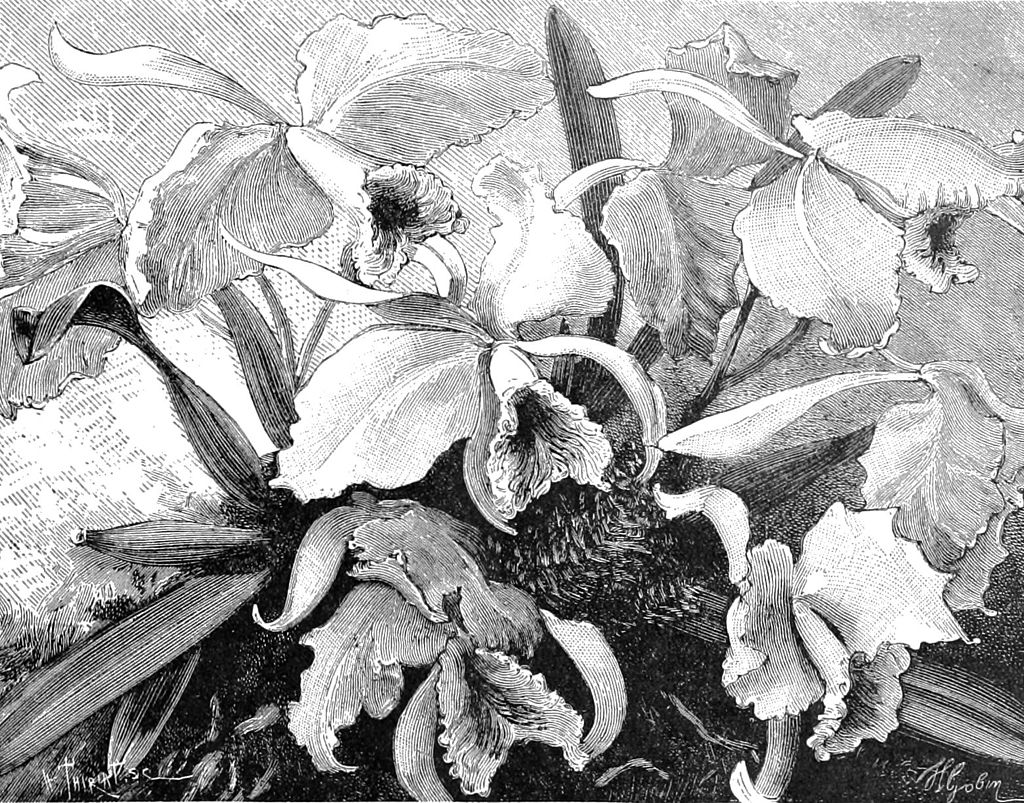
Every day Proust would buy a fresh orchid here as a boutonnière (a flower worn in the botton hole of one‘s jacket). Florist no longer exists.
18. Hôtel de Crillon
See it on Map: 10, Place de la Concorde
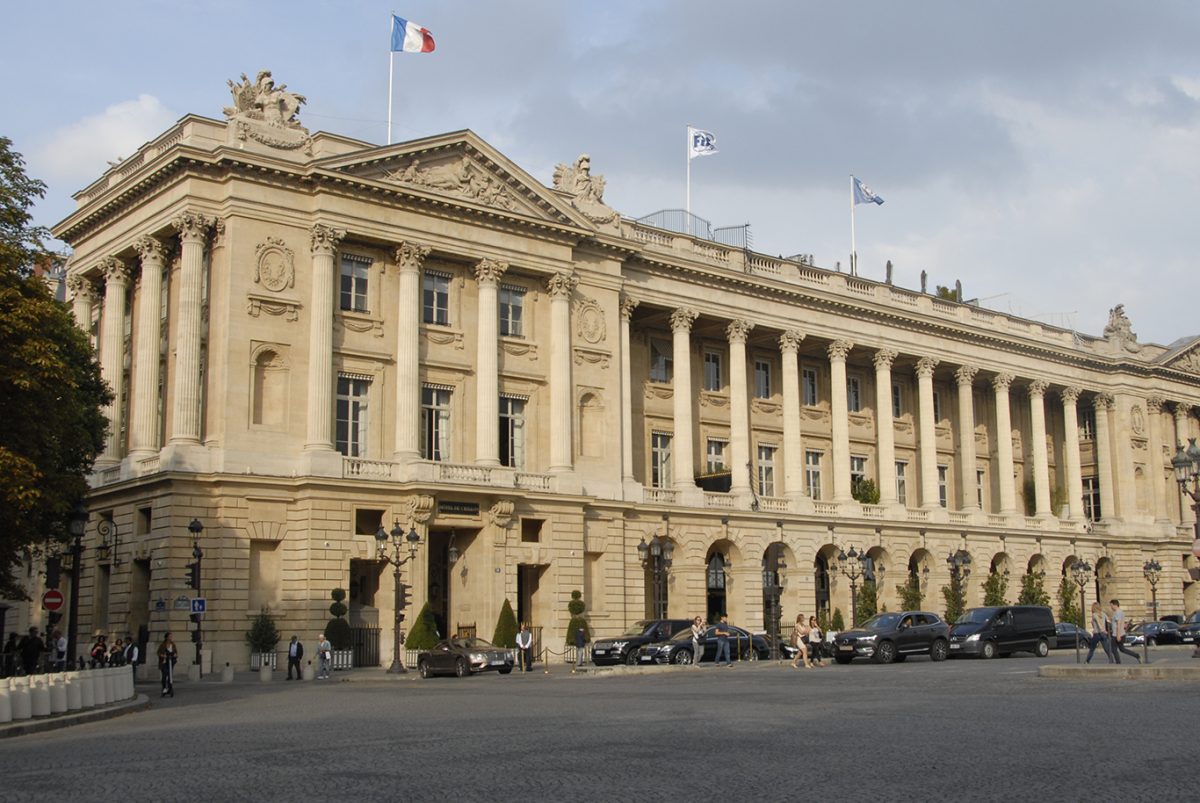
Hôtel de Crillon, the luxury 5-star hotel in Paris on Place de la Concorde © Travelbyart
The Hôtel de Crillon is a historic luxury hotel opened in 1909 in a building originally dating from 1758. The Crillon has 103 guest rooms and 44 suites. It is famous for the débutante balls organized on its premises. The hotel has recently closed its doors for renovation. The reopening is planned for 2015.
Marcel Proust would come to the hotel for extravagant dinner parties. It was here that he was introduced to Pablo Picasso, who afterward took him to his studio. Proust found the art rather obscure and said that Picasso was “a Spanish painter who went in for the so called cubism.”
Read also: How did Pablo become Picasso in Paris
Proust also dined here once in the company of James Joyce.
19. Hôtel Ritz
See it on Map: 15, Place Vendôme
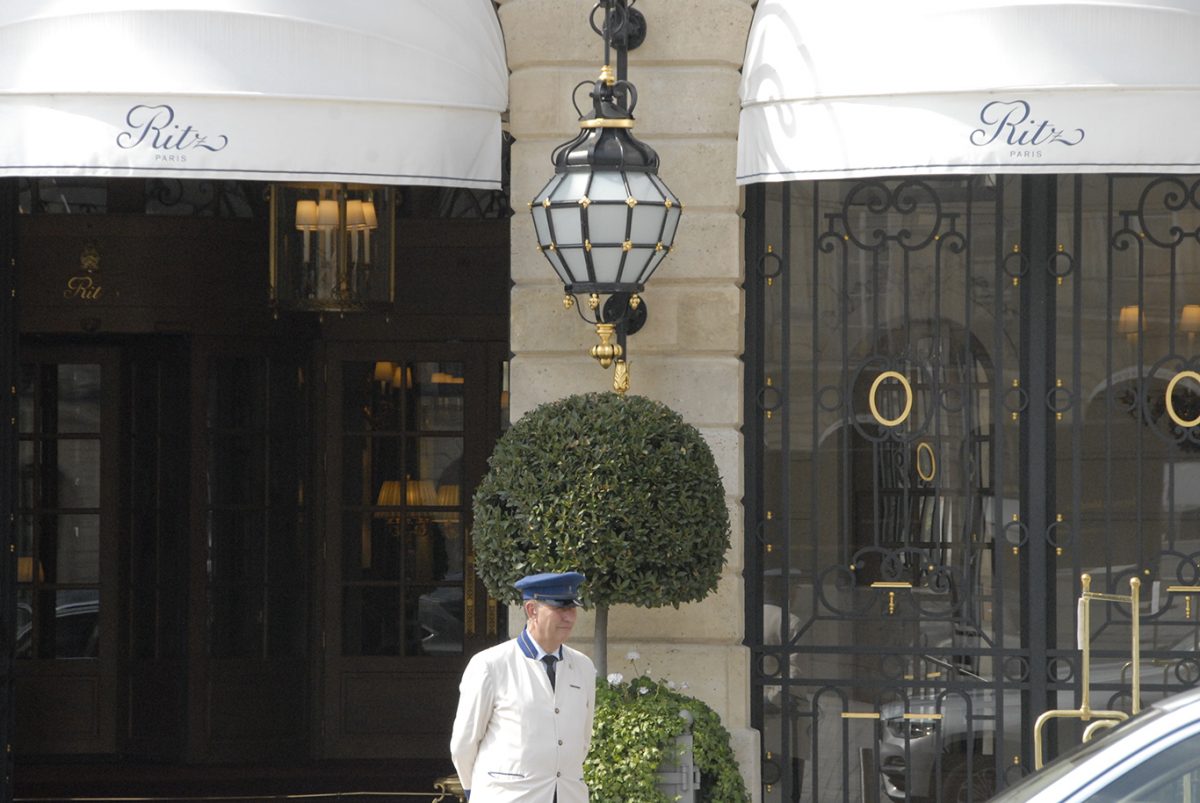
Main entrance to the Ritz Hotel © Travelbyart
This famous hotel also houses the world-renowned restaurant L’Espadon.
Proust participated in the grand opening of the Ritz. He was also one of the hotel’s regulars and would come here for dinner or for the afternoon tea. He spent many hours here working on his epic novel, In Search of Lost Time. He also met here with the poet Jean Cocteau and the Princess Hélène Soutzo, whom he fancied. Proust would also employ the services of Olivier Dabescat, the hotel’s manager, who provided the writer with stories and gossip about the notable guests of the Ritz. Proust had an interesting theory about the hotel, claiming that the reflection of the mirrors at the Ritz had therapeutic properties.
Read also: Hotel Ritz: The most romantic hotel in the world
At the Ritz, Proust would sometimes throw lavish dinner parties during which Veuve Clicquot champagne was served exclusively. The writer himself drank mostly coffee, never wine, and on certain occasions – beer, which was sent to him from the Ritz. His favourite beer, which was kept on ice just for him, was brought to his home by taxi, almost always in the middle of the night. Although the kitchen was closed, the taxi driver had an agreement with the manager Olivier Dabescat and was allowed to enter and get the beer himself.
20. Proust’s last apartment
See it on Map: 44, rue Hamelin
Today, there is a three-star Elysees Union Hotel at this address.
On October 1, 1919, Marcel Proust moved into an apartment on the rue Hamelin, after his aunt sold the building on the Boulevard Haussmann to a bank. Forced to move out, the writer was depressed – parting from his familiar things and surroundings was heartbreaking. Therefore, he decided to remodel his new apartment by recreating the décor of the old one. To accommodate his working habits and insulate himself from the outside world, Proust had carpets nailed to the floor to dampen any noise. Next to the fireplace stood a bed piled with books, a bedside lamp, and second lamp for working. Over the bed Proust had an electric bell installed.
One afternoon he called Céleste and said: “A great thing happened during the night. Last night I wrote ‘The End.’ Now I can die. I haven’t wasted my life.”
It was here on December 10 that Proust received the news that he had been awarded the Prix Goncourt for In the Shadow of Young Girls in Flower. And it was also here where Proust invited The Poulet Quartet to play for him in celebration at his home at one o’clock in the morning. Musicians came to his apartment by taxi and after the performance the writer took them to Lipp’s on the Boulevard Saint-Germain.
After Proust moved here, he went out less and less and focused solely on his writing. He told everyone that he was in a race against death…One afternoon he called Céleste and said: “A great thing happened during the night. Last night I wrote ‘The End.’ Now I can die. I haven’t wasted my life.”
On November 18, 1922, Proust died in his apartment on the rue Hamelin. A few months before his death, he contracted influenza that led to an infection in his lungs that would ultimately prove fatal. While his health deteriorated, he refused any medical treatment. Proust died in the presence of Céleste and his brother, Robert.
See also: Marcel Proust on film
